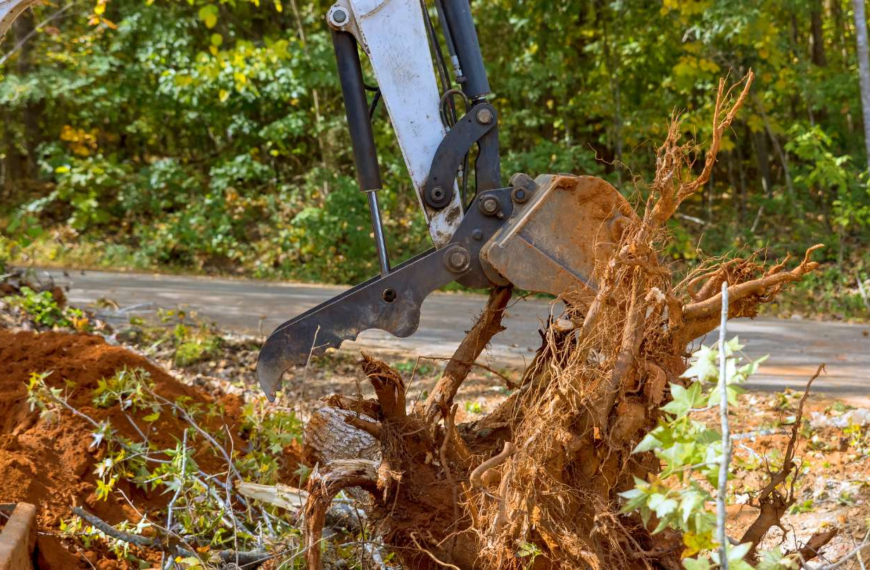Aircraft maintenance requires certain specific tools to enable efficient construction, safety and reliability of all the sensitive parts. In this category, one piece of equipment is required to stabilize the rear of the plane during ground operations. These stands are a requirement in avoiding tipping incidents, a situation characterized by instability, among other aspects in activities like loading, unloading, and repairs. In the following subtopics, this article explores the operation and importance of this equipment in the aviation business.
1. Preventing Aircraft Tail Tipping
Tail tipping is especially prevalent during ground operations when an aircraft experiences sudden shifting of its mass balance, which often occurs at the time of loading or offloading passengers, cargo, or equipment. Such an imbalance creates considerable safety challenges for the ground crew, associated equipment, and the airplane in particular.
In order to solve this problem, the tail stands are fabricated to stabilize the required area, and the backward tilt that could occur to the rear part of the aircraft is avoided. These stands are designed to support the center of gravity; this is a consideration when dealing with large airplanes, which may be stretching fuselage longer. In this way, in addition to increasing stability and balance, the tail stands also help to considerably reduce the possibility of accidents or damages during ground operations in connection with unforeseen changes in the distribution of weight.
2. Facilitating Maintenance and Repairs
To perform stable aircraft maintenance in order to perform precise inspections, effective repairs, and overall safety, stability must be achieved. Specifically, tail stands have been designed to put strong support behind the rear area of the aircraft so it doesn’t tip and keeps the proper balance while doing it. Such secure stabilization not only allows maintenance crews to come in for tail, rear engines, and other components without having to risk an accident or damage but also allows them to do it safely.
Equally importantly, tail stands also help to prevent excessive stress on the landing gear and fuselage during extended or high-volume maintenance activities. In addition to improving safety, their use makes workflows in many types of maintenance smoother and more efficient.
3. Supporting Various Aircraft Types
Tail stands are highly versatile and will support a wide variety of aircraft, from small private twin and large commercial airliners. Designed to be adjustable, they feature configurable height, which makes them suitable for a variety of aircraft renditions and sizes. Made with tough, high-strength materials, these stands are designed to take heavy loads and harsh surroundings for long-life reliability. Their robust construction promises that tail stands can withstand all demands of different aviation scenarios, whether for regular maintenance or emergency operations. This adaptability and durability make them a must to keep any aircraft maintenance team safe and efficient when on the ground. It also makes setup and operation easy, and ground crews can operate them with relatively little training, and therefore add value to a day-to-day aviation task.
4. Enhancing Ground Crew Efficiency
Time is of the essence in airports, especially those that operate in large complexes that’s why aircraft tail stand contributes to the increase in effectiveness. Such stands ensure that proper support to facilitate such ground crew activities as cargo handling, refueling, and maintenance is provided with minimal interferences from the needs of the aircraft for support.
Contemporary models of tail stands incorporate easy and fast deployment and adjustable heights, and this makes it possible for an aircraft to be anchored and remain safe during operations. It benefits the organization by reducing the frequency and duration of interruptions and enhancing safety within multiple aviation processes. It is also worth considering looking into the types and uses of the equipment within a tail stand so as to boost the understanding of how this equipment are of great importance in the overall running of an airport.
Conclusion
Tail stands to serve the aviation community as safety, stability, and efficiency during ground operations. These stands are necessary for smooth airport and hangar activity, whether for preventing tail tipping, supporting maintenance activities, or boosting workflow. If they use proper equipment and know how it works, aviation professionals can make sure all types of aircraft are handled safely and efficiently on the ground.














